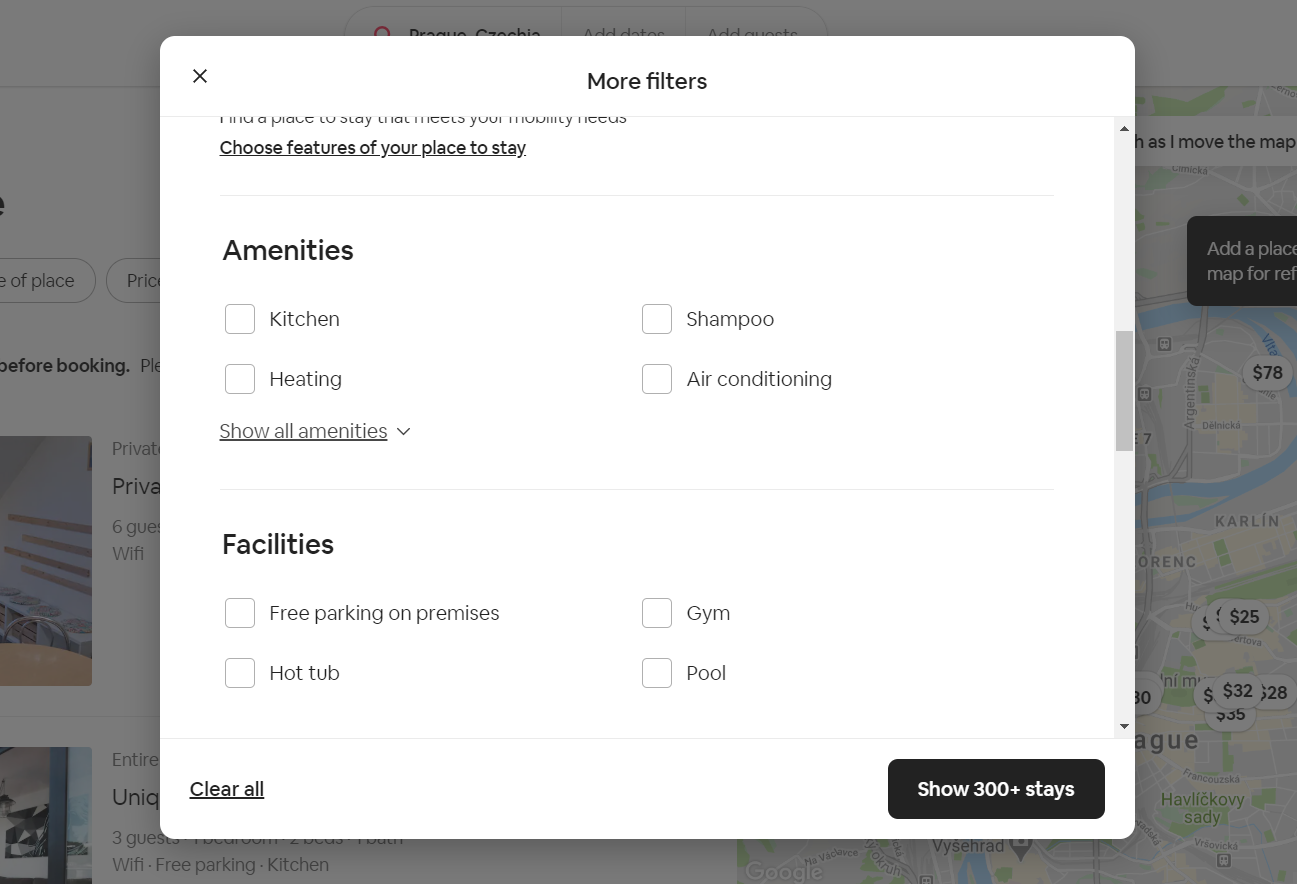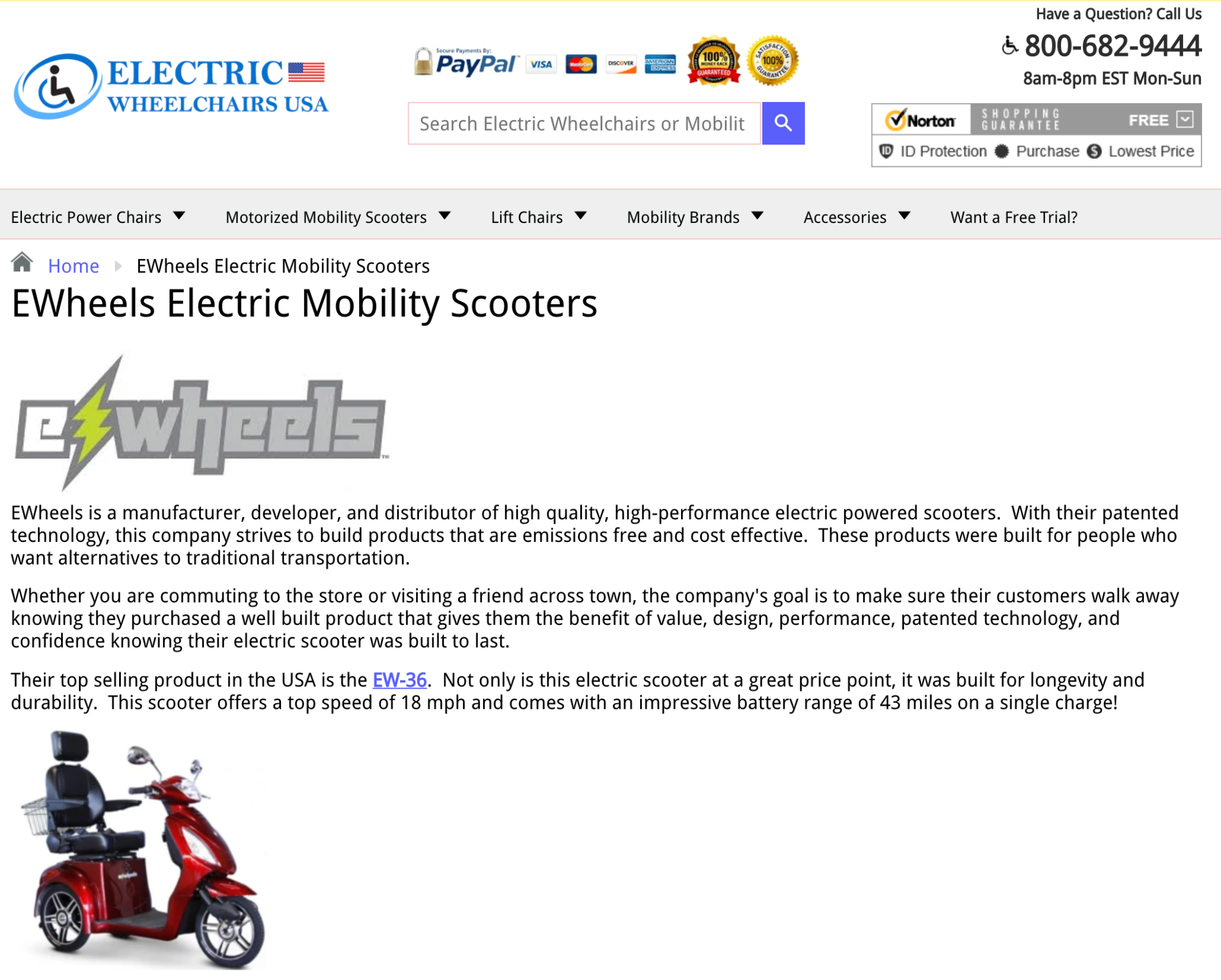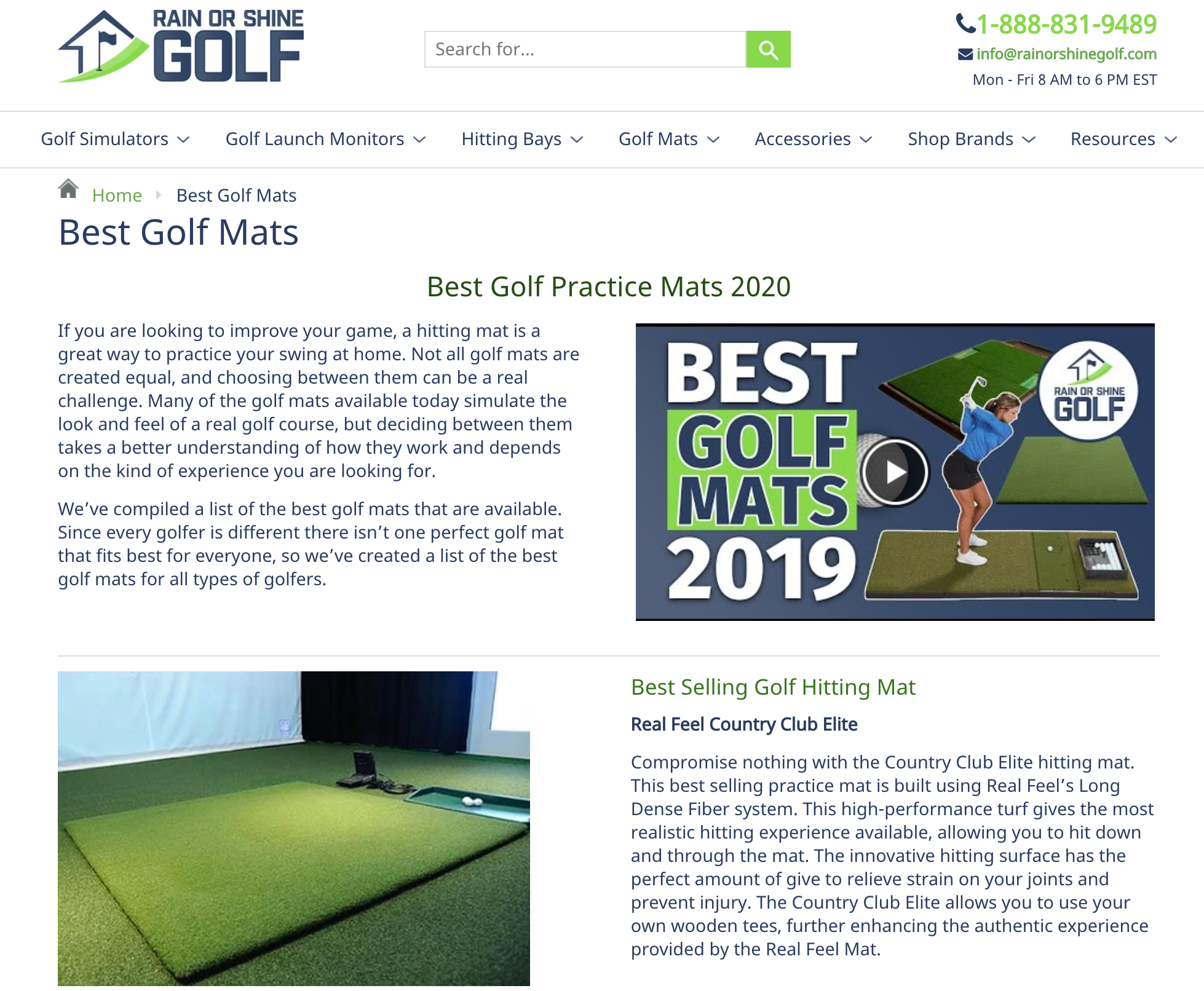6 Ways Ecommerce Brands Can Make Product Category Pages Stand Out
When discussing different parts of ecommerce websites, the homepage and the product pages get the most attention, by far. However, product category pages can be just as important. They have the power to make it easier for your customers to find what they’re looking for and thus increase your chances of selling more products.
Quick Links
There are many ways in which ecommerce brands can make their product category pages stand out and have a positive effect on conversion rates. In this article, we’ll go over six effective strategies for creating stellar product category pages.
1. Use clear logic and copy
The main role of product category pages is to give structure to your ecommerce website’s visitors. Without categories and subcategories, it would be very difficult for your visitors to find their way around your website and to discover all the different products you have on offer.
However, this is only true if you actually provide a simple, customer-centered logic to your categories and subcategories.
For the vast majority of ecommerce websites, a tree structure will work best with categories that branch out into narrower subcategories, which branch out into narrower subcategories and so on.
There’s one thing to keep in mind here. Namely, if you feel that a certain subcategory would fit well within more parent categories, add it to all of them. Don’t assume that your visitors will follow the same train of thoughts you do. However, you will need to balance this in a way that doesn’t create too much clutter.
Of course, you need to take into consideration the features of your products that matter to your customers when they’re browsing.
For instance, if you run a kids’ clothes online store, you won’t organize your products according to colors – blue kids’ clothes, green kids’ clothes, etc. Or, if you run an online art store, you probably won’t divide the works into size categories – big canvases, small canvases, etc. (Keep in mind, we’re not talking filters here; we’ll get to them later).
Just as important is the clarity of your copy, i.e., the names of the categories. Often, you will find overenthusiastic and too-creative category and subcategory names that mean nothing to the customers. For example, a beauty product ecommerce store should not name the category featuring their caffeine-enriched creams Exuberance. It should name it Caffeine-enriched creams. You may think it’s cute or awesome, but to someone just looking for a specific product, it is incredibly annoying.
2. Filters, filters, filters
Depending on the kind of products you’re selling as an ecommerce brand, your choice of filters will be smaller or greater. In most cases, the best practice is to go with as many as you can think of.
Think beyond price and size. Think color; think shape; think use; think style; think brand; think performance, etc.
You will have to think of all the filters that your customers may ever use to narrow down their search – and then add them.
Airbnb does this particularly well, providing you with seemingly endless filters to help you find the right accommodation for your needs.

Source: airbnb.com
When you click on Show all amenities, you get more than 20 different amenities that you can use as filters. Other types of filters can also be expanded.
Filters serve a number of purposes, all of which contribute to selling more stuff.
For one, if you have a large number of products in a certain category, they make life so much easier for customers who know what they’re looking for but are not sure about the exact product they want. Filters also speed up the shopping process, which will increase your sales.
This article features some truly great insights on using filters if you want to learn more.
3. Feature your bestsellers prominently
Oftentimes, your category page will feature a lot of products, and you’ll want to put your bestsellers upfront to make sure people see them first.
Or they do not even have to be bestsellers, per se. These can be products that you want to put forward for whatever the reason – maybe they’re not performing too well, or they feature particularly high margins.
You can do a lot to feature the bestsellers more prominently than just putting them on top of your product pages. You can use bigger images or added copy that will explain why these products are such popular choices.

Source: electricwheelchairsusa.com
Electric Wheelchairs USA does this well, making sure that you first see their favorites before you go on to check out the rest of the category.
4. Show customer reviews
The importance of customer reviews for ecommerce stores cannot be understated. A mere glance at the customer review statistics shows that they are one of the more impactful aspects of ecommerce.
Often, shop owners think that only product pages can feature reviews, and this is simply not true. Who says you can’t feature customer reviews on category pages? You can, and you should.
You just need to make sure that it’s clear what product from the category they are referring to in their review. The rest of it works just like reviews on product pages.

Source: rainorshinegolf.com
You can find a good example of this on Rain or Shine Golf’s category pages, which feature numerous reviews for products that you can find on the site. They can even help your customers make a decision if they haven’t already.
5. Always think about images
While there are niches where images will have a more pronounced effect than in others, it’s safe to say that they are extremely important for any ecommerce website. There are a few best practices to follow when it comes to images on product category pages:
- Use high-quality images. They don’t have to be the same quality as those on product pages, but you still want them to be representative.
- Showcase the products clearly. Don’t show parts of the products or packaging, show people what they’re buying.
- Be consistent. Don’t switch between types (promo/product in use, manufacturers/yours, etc.) or quality of images.
- Optimize them. Loading speeds are everything in ecommerce, and unoptimized images can slow pages down, ruining the user experience.
This page from Gili Sports checks all of the boxes and lets the images speak for themselves.

Source: gilisports.com
6. Consider SEO
When we’re talking search engine optimization for ecommerce brands, category pages are extremely important. The reason for this is that the category names are often the exact thing people are looking for.
For example, people are rarely searching for clothes or a blue men’s Hugo Boss jacket. They are searching for men’s jackets. And this translates to other types of online stores.
That’s why it’s absolutely essential that you do your on-page SEO the best you can when product category pages are in question. Here are some basics:
- Do your keyword research.
- Make categories specific.
- Optimize your meta tags and headings.
- Optimize your URL slugs.
- Make sure you don’t have duplicate subcategory pages (in case you have them in more than one parent category).
- Add custom-written copy (consider on-demand content so as not to hamper user experience, i.e., Read More).
Of course, there’s always more you can do, but this is an excellent start.
Closing Word
Category pages should never be considered an afterthought when designing an ecommerce website. In fact, they can be crucial for building a brand that sets itself apart and makes money. Hopefully, this article will help you accomplish just that.
Why WooCommerce is the Best Choice for Your Online Store?
WooCommerce stands out as a top option for anyone looking to build an online store. This platform…
0 Comments8 Minutes
How to Use AI-Powered SEO Tools for WordPress eCommerce
SEO is a critical factor in the success of any e-commerce WordPress store. As competition…
0 Comments11 Minutes
Why Short-Form Videos Are the Future of Content Marketing
Your Instagram customers spend over 50% of their time watching short-form videos and reels. Rather…
0 Comments12 Minutes
The Role of Digital Marketing in Business Growth
Online marketing touches every aspect of a business, whether it is initiating the idea or for an…
0 Comments3 Minutes
AI Meets Authenticity: Balancing Automation and Human Touch in Content Marketing
Is your brand starting to sound like a robot? In a world where algorithms write faster than any…
0 Comments8 Minutes
Essential Tools for Enhancing Web Design and UX Hosting
Have you ever visited a website that felt slow, clunky, or confusing? A website that is poorly…
0 Comments11 Minutes
How a Mini Cart Transformed My Store’s Shopping Experience
Okay, real talk—running an online store is hard. You think you’ve got everything figured out, you…
0 Comments9 Minutes
Balancing Your Security Initiatives With Industry Compliance Requirements
Managing a business today comes with a number of daily battles that need to be fought. Resources…
0 Comments11 Minutes








